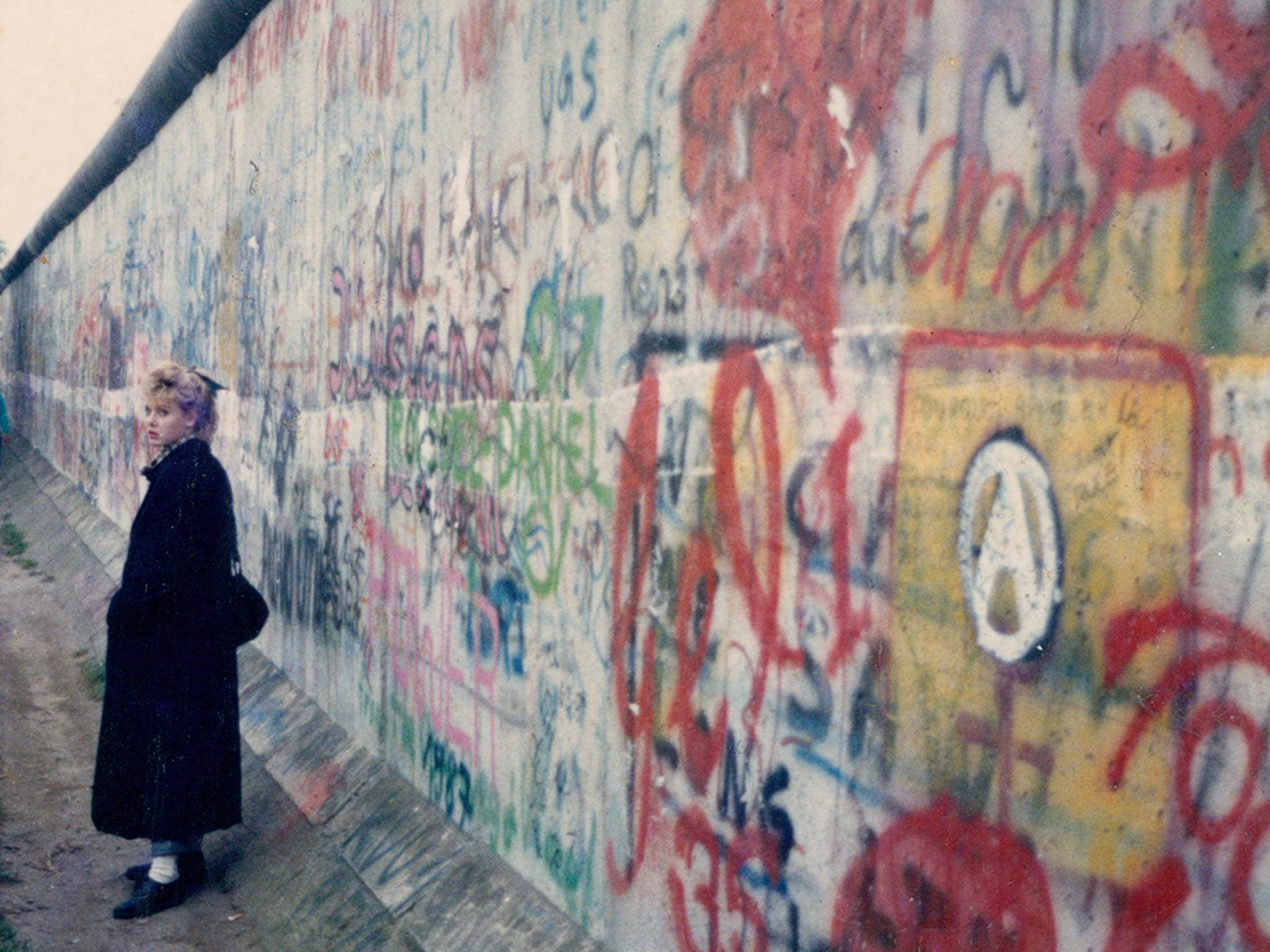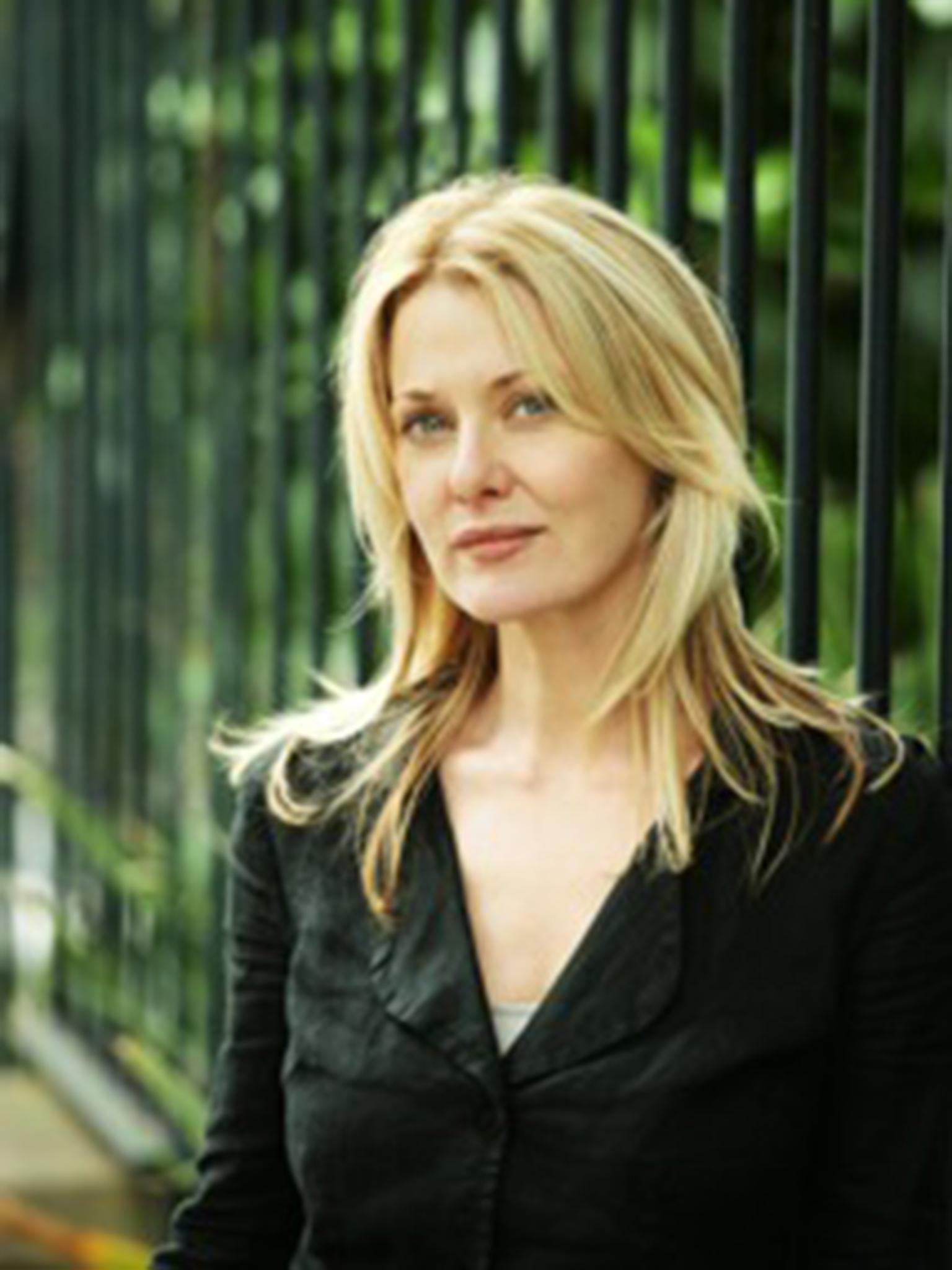After the fall: The reality of life after the Berlin Wall revisited
Writer Anna Funder on what we can learn from her book about those who lived behind the Berlin Wall

At what feels like the cusp of a new historical era - with the rise of political populism and extremism - now is a wise moment to look back and try to understand what happened behind the Berlin Wall.
Which makes the re-release of Australian writer Anna Funder's award-winning book Stasiland, first published 15 years ago in 2001, with photography by the author poignant in a way she could not have possibly predicted. She could not have known that 2016 would be as divisive, and some may argue frightening, as it has been.
Funder went to Berlin in the mid-1990s to write a novel. Instead, in Stasiland, she documented the stories of those in East Germany who had resisted the regime, but also the former members of the Stasi - the secret policy in East Germany.
The real-life characters she meets include the man who painted the line on which the Berlin Wall was built, a rock star known as "Mik Jegger" who was told by the authorities that he "no longer exists", spies, and former members of the Stasi awaiting the next revolution.
Scroll through the gallery below to see the new images from the reissue of Funder's book
What do you think the images will add to the book?
Writing creates a spell, a skein of words which bring things alive in the mind. I was worried pictures might break that spell. But I’m very happy with these images. I hope it tethers the work to the people it represents, because it is a work of witness as much as a work of literature.
What was it like sifting through the images to choose which ones to include. Was it an emotional experience?
It was very emotionally difficult in ways I could not see clearly when I was doing it, and which expressed themselves in a generalised miasma of inertia.
Is there a particular image that resonates with you?
The two frontispiece images make me chuckle. The first is a pale blue Trabi going through a still very East German looking intersection behind which you can just see a ‘Marlboro Country’ billboard. The next one is the same intersection closer up, so you can see the ‘Marlboro Country’ advert on the right, and two very nonplussed women on the left. Between them is a large graffito: MAO MORE THAN EVER.
I also like the one of my desk in the Veteranenstrasse apartment where I started the book. Out the window in the park the drunks would gather with Professor Mushroom. It reminds me that when you start something you have both less and more of an idea of where you think your’e going. Consciously, you have no idea, but you are following an inner red thread.
Do you think the book has new significance in the current political climate?
Governments and corporations can know everything about us, be in our diaries, our letters, our bank accounts, our homes and workplaces. People have jettisoned respect for authorial or journalistic or professional authority and responsibility, as well as personal privacy, in the name of “democratisation of the internet” and for the convenience of tailored advertising. We have not yet paid the price for this, but we will.
We are seeing a rise in "anti-elite" populism and of authoritarianism around the world. Writing Stasiland and also All That I Am taught me about the seduction involved in giving up the responsibilities of freedom and democratic thinking in favour of blind faith, love, obedience to an unfailing, all saving figure. We see all kinds of dangerous worship – of Putin, Steve Jobs, Google, Trump today.

What do you hope readers will take away from the book?
I’d hope this book contributes to remembering people who resisted the regime out of sheer courage and conscience, people I call ‘heroes.’ There appears to be a 20 year black hole of public memory about terrible regimes. After the Third Reich it took till the 1960s for a general recognition of what had happened—a recognition involving memory, responsibility and a moral reckoning— to occur in German society. Similarly with the 1990s conflicts in the Balkans and Rwanda—there are many other examples.
Also, I'd hope they take a sense of joy in the extraordinariness of human nature—the courage and conscience of regular people. And a warning: some people under that regime said, "I don’t mind if the government knows everything about me. I’ve got nothing to hide!" But that means nothing: a master government or corporation will create a master narrative about you to incriminate you using whatever "facts" it can find, and those it can’t find, it will invent. Innocence is no defence.
Stasiland: Stories from Behind the Belin Wall by Anna Funder, re-issued by the Folio Society, is out now.
Join our commenting forum
Join thought-provoking conversations, follow other Independent readers and see their replies
Comments